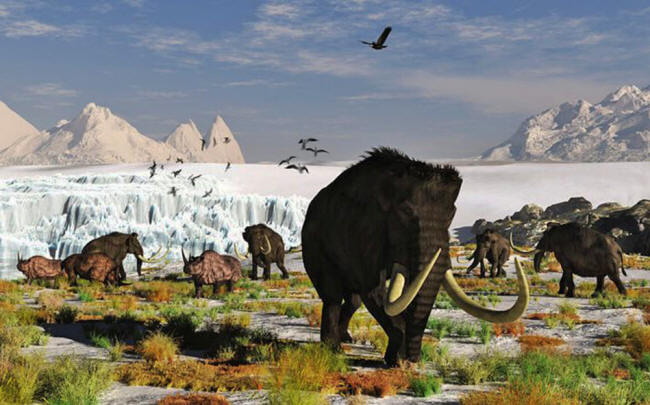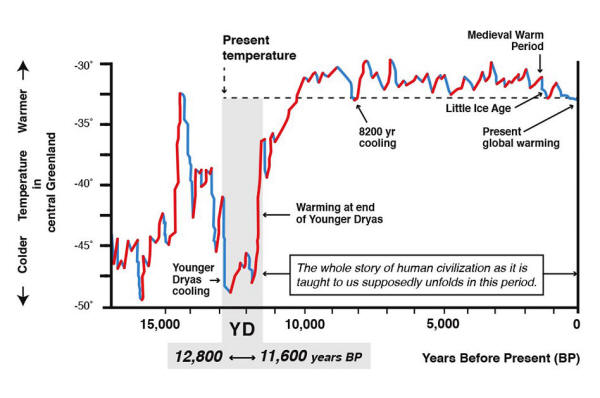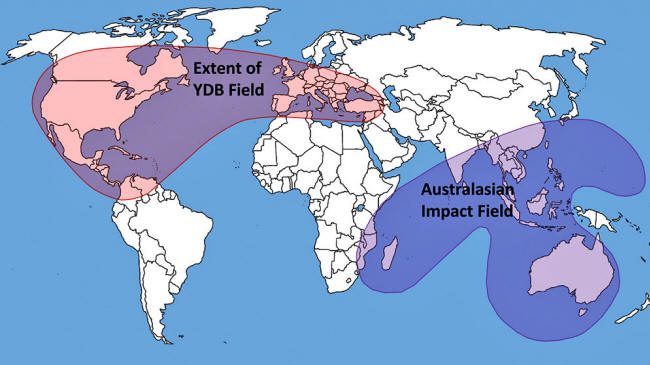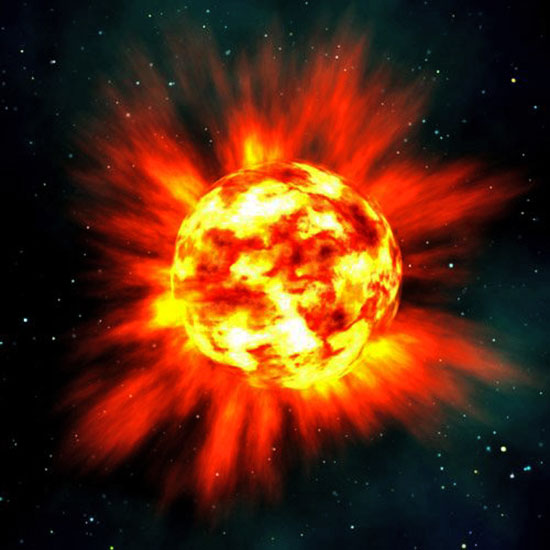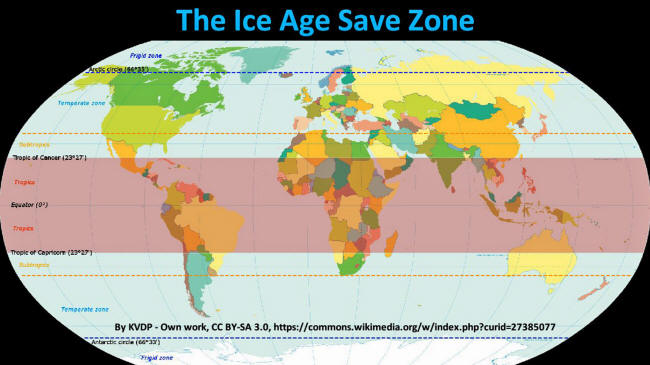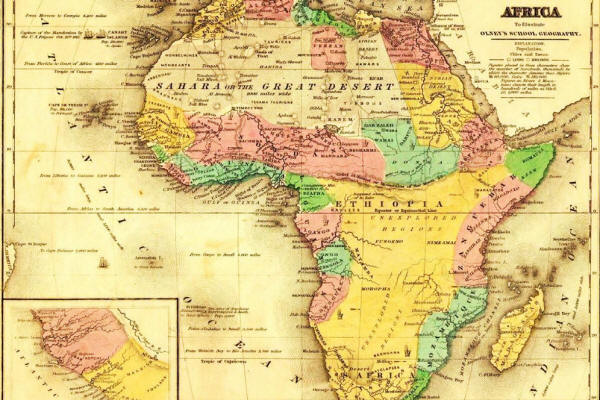|
by Poppalloff from Electroverse Website
Mounting evidence also suggests that our sun micro-novas every 12,000 years, or thereabouts, and that these two events are linked.
Earth's temperature has
been on a downward trend since the sharp-warming that followed the
end of the Younger Dryas, indicating that this coming
Grand Solar Minimum could steer us
back into a major glaciation period, and another extinction event.
Their hypothesis suggests that a cosmic-impact-event caused the Younger Dryas period of global cooling close to 12,800 years ago.
This cosmic impact resulted in abrupt environmental stress and degradation that contributed to the extinction of most large animal species then inhabiting the Americas.
According to Kennett, the
catastrophic impact and the subsequent climate change also led to
the disappearance of the prehistoric
Clovis culture, known for its big
game hunting, and to human population decline.
In a new study (Extraordinary Biomass-Burning Episode and Impact Winter Triggered by the Younger Dryas Cosmic Impact 12,800 Years Ago) published this week in the Journal of Geology, Kennett and an international group of scientists have focused on the character and distribution of nano-diamonds, one type of material produced during such an extra-terrestrial collision.
The researchers found an abundance of these tiny diamonds distributed over 50 million square kilometers across the Northern Hemisphere at the Younger Dryas boundary (YDB).
This thin, carbon-rich
layer is often visible as a thin black line a few meters below the
surface.
Two of the sites are just across the Santa Barbara Channel from UCSB:
However, the work of Ben Davidson from SuspiciousObservers and Doug Vogt of the Diehold Foundation would suggest that instead of a comet impact, this event was the result of a micro-nova blast from the Sun that incinerated the boreal forests of Australia and much of North America and Europe.
The tell-tale signature
of nano-diamonds being identical to both scenarios.
Ruling out epidemic disease or cosmic catastrophe, the contending hypotheses to explain late Pleistocene extinctions are:
This review focuses on extinctions in northern Eurasia (mainly Europe) in comparison with North America.
In addition to reviewing
the faunal evidence, the highly relevant environmental and
archaeological backgrounds are summarized. The latest survival dates
of extinct species are estimated from stratigraphic occurrences of
fossil remains, radiocarbon dates, or association with
archaeological industries.
In the Late glacial (ca. 15,000-10,000 BP), during which most extinctions occurred, there was a major reorganization of vegetation, mainly involving the replacement of open vegetation by forests.
These changes were more
profound than earlier in the Last Cold Stage, but similar in nature
to vegetational changes that took place at previous cold
stage/interglacial transitions.
Although they have been a
lot more restless in the distant past, reversing every 200,000 years
or so. There have also been prolonged periods when the poles are
thought to have largely stayed put, such as a 40-million-year
interlude during the Jurassic period.
The magnetic poles do
still have the capability to "flip" entirely during an excursion,
although the switch only lasts for a comparatively puny period (even
as short as a few hundred years) before the poles snap back and
"normality" is resumed.
The Gothenburg Magnetic Flip is recorded in five closely dated and mutually correlated cores in Sweden.
In all five cores, the inclination is completely reversed in the layer representing the Fjärås Stadial dated at 12,400−12,350 years BP.
Both magnetic
reversals and excursions have been linked to violent and
sharp
climatic changes, and even to mass
extinction events.
Deep ocean sediment cores from this period also indicate no changes in glacial activity, based on the amount of oxygen isotopes in the cores. This is also proof that a polarity reversal did not affect the rotational axis of the Earth, as the planet's rotation axis tilt has a significant effect on climate and glaciation and any change would be evident in the glacial record.
But then proxy data from a period known as the Ediacaran, which occurred some 550 to 560 million years ago, indicates mass die-offs did coincide with pole shifts.
Studies suggest that the flip-flopping magnetic field of the Ediacaran was extremely weak, which might have exposed early life on Earth to punishing surface conditions.
To use Star Trek speak, our shields came down and allowed heavy bombardments of cosmic radiation and other radiation to rain down on the surface of the Earth.
Perhaps this excess
exposure killed off the soft and squishy Ediacaran critters,
many of which couldn't move to shelter from the sun - a similar set
of conditions to these may-well be ahead of us, as the magnetosphere
continues collapse in strength as the current excursion/reversal (no
way to tell which it is yet) progresses.
China Plans to Put 300 Million Chinese People in Africa
|


